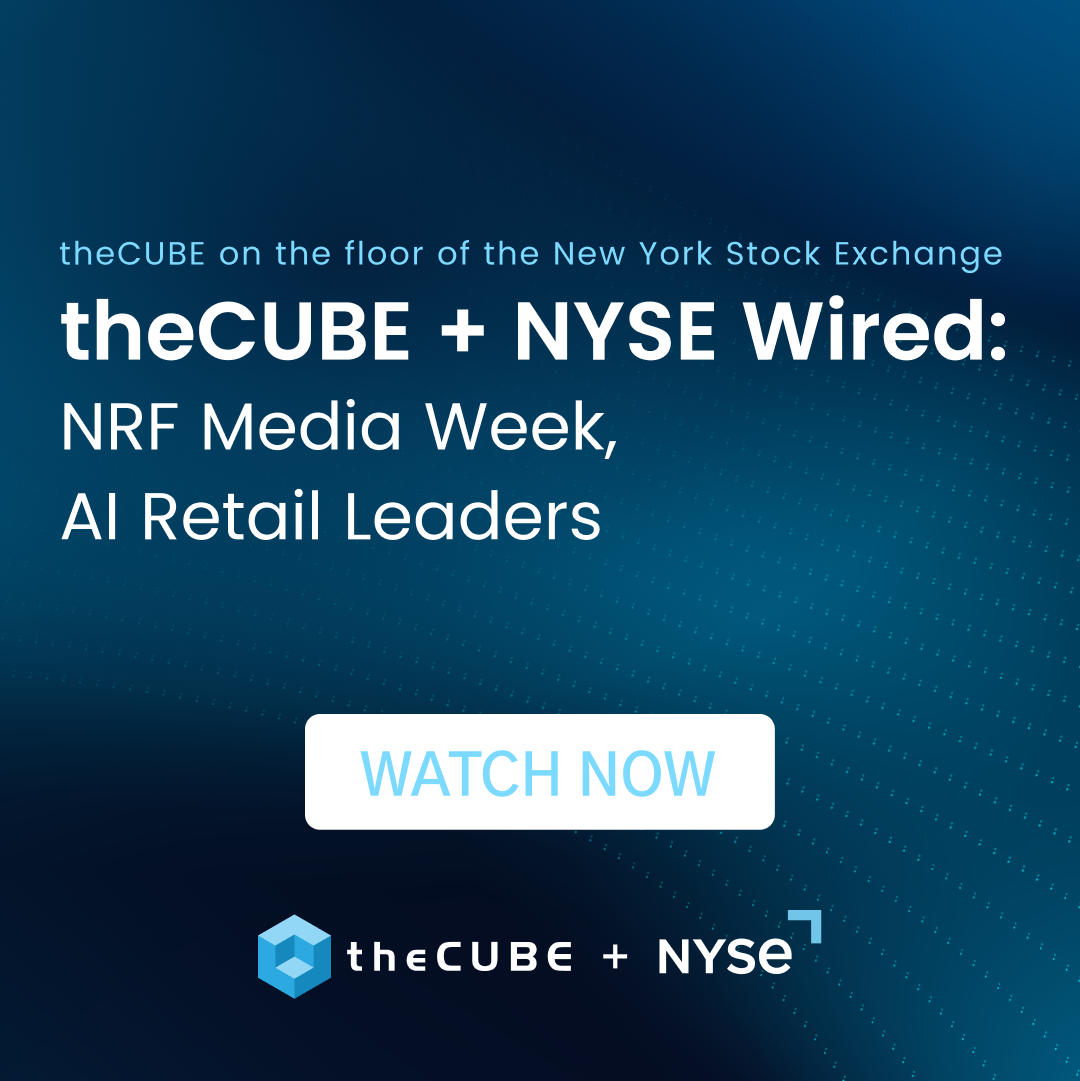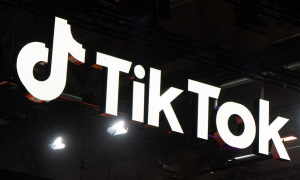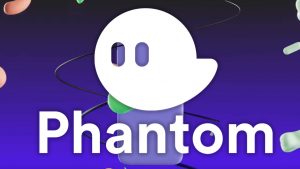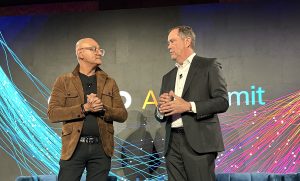Metcalfe’s Law Opportunity Gap: Analysis of the Melting Pot
![]() A general observation of collaborative work is this:
A general observation of collaborative work is this:
The larger and more diverse are your personal network of contacts,
the higher the quality of your ideas and project work.
In the enterprise market, the opportunity being seized by companies is to better connect employees. The sheer size of these firms makes it obvious that they are not optimizing collaborative activities. Social software plays an important role in helping that. SunGard’s CEO has a great take on this issue in the New York Times.
But what about small and mid-sized businesses (SMBs)? Do they have issues with maintaining connections? We’ll tackle that issue in a second. First, however…
WE by Spigit: Innovation Management for SMBs
Spigit is introducing its SaaS application for SMBs, called WE. WE leverages the enterprise functionality of enterprise Spigit, but streamlines the features to account for a self-service process and cost in tune with an SMB’s budget. The critical things firms need for innovation are there: easy idea entry, community feedback, workflow stages, analytics, individual reputation scores, multiple ways to filter for ideas, social profiles, connections, activity streams, etc.
It also reflects a slick new user interface, with multiple themes to choose from.
You can see more about WE innovation management for SMBs on the Spigit website. And readeWeek’s coverage of the release here.
The Challenge of Growth: Traditional Collaboration Modes Don’t Scale
When a small company starts out, it’s rather easy to stay on top of what colleagues are doing. There just aren’t too many of them. You easily banter, bounce ideas off one another and contribute your part to projects.
It’s natural human interactions.
The problem is that small businesses continue to rely exclusively on the tried-and-true methods of collaborative work as they grow. Keep on with the emails, the desk meetings, the lunches. Sure, it’s fun to keep with those who sit essentially in your visual perimeter. But it means you’re missing out on a lot of valuable ideas and insight from colleagues.
The graphic below shows the challenge of scale in collaborative work:
 The easy interactions of old are now replaced by the departmental exchanges, and the daily work inherent in those micro environments.The small firm mentality that employees enjoyed with fewer employees is no longer applicable as the company expands.
The easy interactions of old are now replaced by the departmental exchanges, and the daily work inherent in those micro environments.The small firm mentality that employees enjoyed with fewer employees is no longer applicable as the company expands.
Yet as research has shown, employees who are able to break out of departmental silos and leverage a diversity of connections perform better in terms of innovation.
So how does this fit SMBs?
Metcalfe’s Law Hits Dunbar’s Number
Metcalfe’s Law. Initially addressing fax machines, it speaks to the value of networks. Specifically:
The value of a network is proportional to the square of the number of connected participants.
For those who study the value of information networks, this law makes sense. You increase your number of information sources. And all things being equal, the person with greater information has a decided advantage in term of:
- Awareness of key issues
- Long tail knowledge of different issues
- Access to information that will solidify an idea
- Identification of colleagues who can help advance an idea or a project
- Different points of view and information that make up for the knowledge limitations we all have
Every new connection inside a company increases these information advantages, for all members of the network. The problem occurs when employees are only using traditional methods for making and accessing these connections: email, desk conversations, departmental meetings.
They run into Dunbar’s Number. I use Dunbar’s Number here as a heuristic, describing the mental limit we each have to stay in top of what others are working on. With traditional means of engaging in collaborative work, the Metcalfe’s Law advantages of information diversity are limited by our Dunbar’s Number ability to keep up with the new connections.
This graph describes the issue, and SMBs’ opportunity:
Up to a certain point, employees can stay on top of what their colleagues are working on, and interact relatively easily. Is this up to 150 employees? Maybe. As Danah Boyd noted about Dunbar’s Number:
He found that the MAXIMUM number of people that a person could keep up with socially at any given time, gossip maintenance, was 150. This doesn’t mean that people don’t have 150 people in their social network, but that they only keep tabs on 150 people max at any given point.
150 is a maximum number. Meaning for many of us it’s less. And I’d argue, in a work context, where we’re busy delivering on the daily tasks that define our jobs, it’s an even lower theoretical maximum.
Which means at some point, small businesses begin to lose out on those information advantages when they rely only on traditional collaborative work modes. In the graph above, that’s the part of the graph where Dunbar’s Number crosses over Metcalfe’s Law.
Call it the Metcalfe’s Law Opportunity Gap.
At that point, companies need to look at systems that allow employees to share and filter information, and to interact with others outside their daily sphere of contacts. To access non-redundant information and points of view.
This is a problem well-known to large organizations. It also applies to SMBs as well. It’s why they need social software at a certain point in their growth trajectory.
This is an important issue for innovation. So many of these employees will have front line customer and supplier experience, and ideas for the business. But visibility on these ideas will get harder and harder as the firm grows.
If this area interests you, check out WE by Spigit. Social software for SMBs.
A message from John Furrier, co-founder of SiliconANGLE:
Your vote of support is important to us and it helps us keep the content FREE.
One click below supports our mission to provide free, deep, and relevant content.
Join our community on YouTube
Join the community that includes more than 15,000 #CubeAlumni experts, including Amazon.com CEO Andy Jassy, Dell Technologies founder and CEO Michael Dell, Intel CEO Pat Gelsinger, and many more luminaries and experts.
THANK YOU












